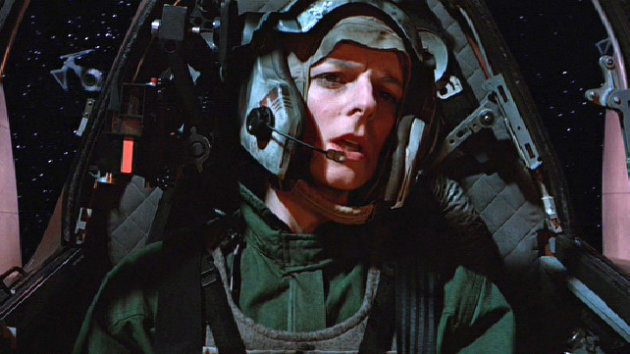From WIllamette University:
Courtney Stevens assigns outreach projects to inspire her students
Sydney Moberg ’13 was nervous about dissecting a sheep brain. But
once she held a scalpel in her hand, she discovered the only thing she
didn’t enjoy about it was the smell.
“I was fascinated by how the brain looked, how it felt and where each individual part was located,” says Moberg, a
psychology major.
“When it came time to choose an outreach project, I knew I wanted to
teach a brain dissection lab. I wanted other students to have the same
type of experience I did.”
Through professor
Courtney Stevens’
Cognitive Neuroscience course at Willamette University, students pick
an outreach project that connects neuroscience to real-world issues, and
in doing so, act out the university’s motto,
“Not unto ourselves alone are we born.”
Some, like Moberg, have helped high school students dissect a sheep
brain, while others have taught a brain class at Bush Elementary School
or discussed the effects of drug addiction with incarcerated teens.
Through community outreach, Stevens hopes to link neuroscience
content to her students’ individual career goals and interests. She also
wants to connect her students with neuroscience content and resources
they can access after graduating.
“Some students come in not believing that cognitive neuroscience is
relevant to their future,” Stevens says. “But as they begin to work on
their projects, they see the connections between neuroscience and the
real world.”
Stevens’ program has been adopted in classes at the University of
Oregon. Her program also received praise from the Society of
Neuroscience, which awarded Stevens the
Junior Faculty Next Generation Award in October for outstanding contributions to public communication, education and outreach about neuroscience.
“For me, the beauty of the outreach project is that students take
ownership of the material,” Stevens says. “They choose what they will
do. They’re the ones making connections within the community.”
Community Partnerships
Stevens developed the Cognitive Neuroscience course in 2008. Back
then, outreach activities were relatively uncommon in undergraduate,
neuroscience classes — and they still are today.
“For large classes of 300 students, there would be concerns about
quality control,” Stevens says. “There’d be little incentive for faculty
members to do this because it’s too much of a burden.”
But in Stevens’ class, not only is there no need for outside funding, students absorb the responsibility.
First, they pick a neuroscience project that interests them. The
project features a tangible component that may be evaluated — such as a
video or a set of lesson plans.
Students then develop an evaluation rubric that describes what A-, B-
and C-level work looks like. Prior to implementing their projects, they
submit a project proposal, which Stevens evaluates to help them refine
their plans.
When delivered, supervising teachers and participants help grade the
presentations, worth up to 10 percent of the students’ final grade.
So far, more than 75 Willamette undergraduates — most of whom are psychology,
exercise science and
biology majors — have taken the upper-division course.
Two of these students are Linnea Hardlund ’13 and Jennifer Wade ’13,
who taught a brain class at Bush Elementary. Through pictures and
demonstrations, they showcased the lobes of the brain and the functions
of each lobe.
As part of the interactive class, the primary students colored
worksheets on the brain and ate a “brainfood” snack of frozen
blueberries, which stimulates healthy brain function.
Hardlund and Wade say the outreach project not only challenged them
to think critically, it forced them to find creative ways to share their
knowledge.
“Professor Stevens’ class was one of the best I have taken at
Willamette,” says Hardlund, a biology major. “The outreach project
allowed us to take our knowledge from the classroom and bring it full
circle in a real-life situation.”
Making a Difference
Maxx Kaplan ’11 also enjoyed Stevens’ class. For his project, he and
another student gave a PowerPoint presentation to youths incarcerated at
the Hillcrest Youth Correctional Facility in Salem.
The presentation focused on the neural effects of drugs and the biological explanations for cravings and addiction.
“We wanted the youths to come away with an understanding that the
brain is a growing, changing organ, and that they weren’t necessarily
doomed by their family history or past experiences, ” says Kaplan, a
psychology major who had interned at the facility.
For Kaplan, seeing the teens make connections between his
presentation and their own experiences proves Stevens understands the
value of community outreach.
“Professor Stevens knows what she’s talking about, and everyone in the classroom knows it,” he says.
Going forward, Stevens plans to continue soliciting feedback from students and area partners to improve the outreach activities.
“I want my students to do more than read a textbook and take an exam.
I want them to be creative and to take ownership of the material,”
Stevens says. “They’ve done that. Some of their work has blown me away.”



